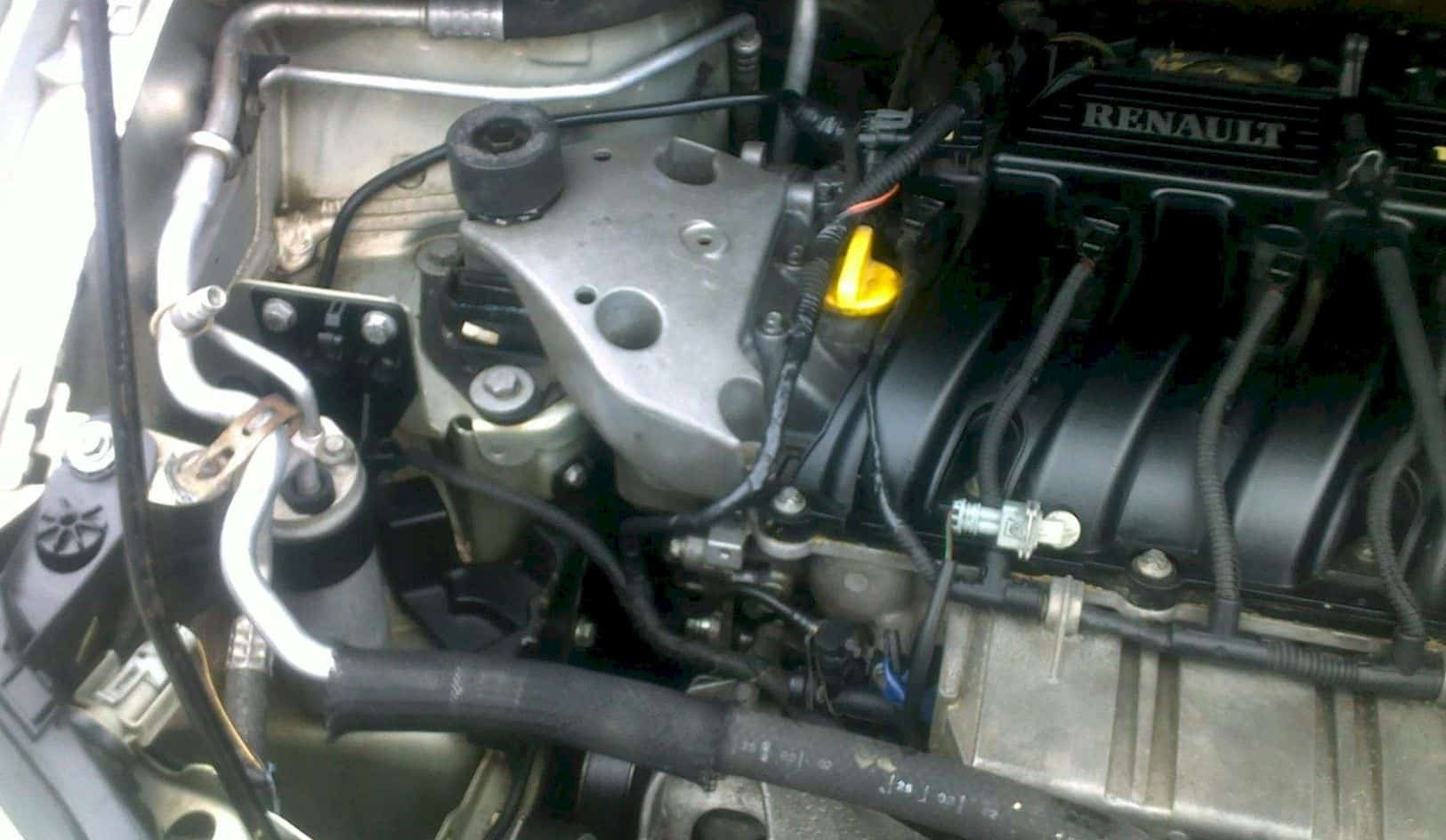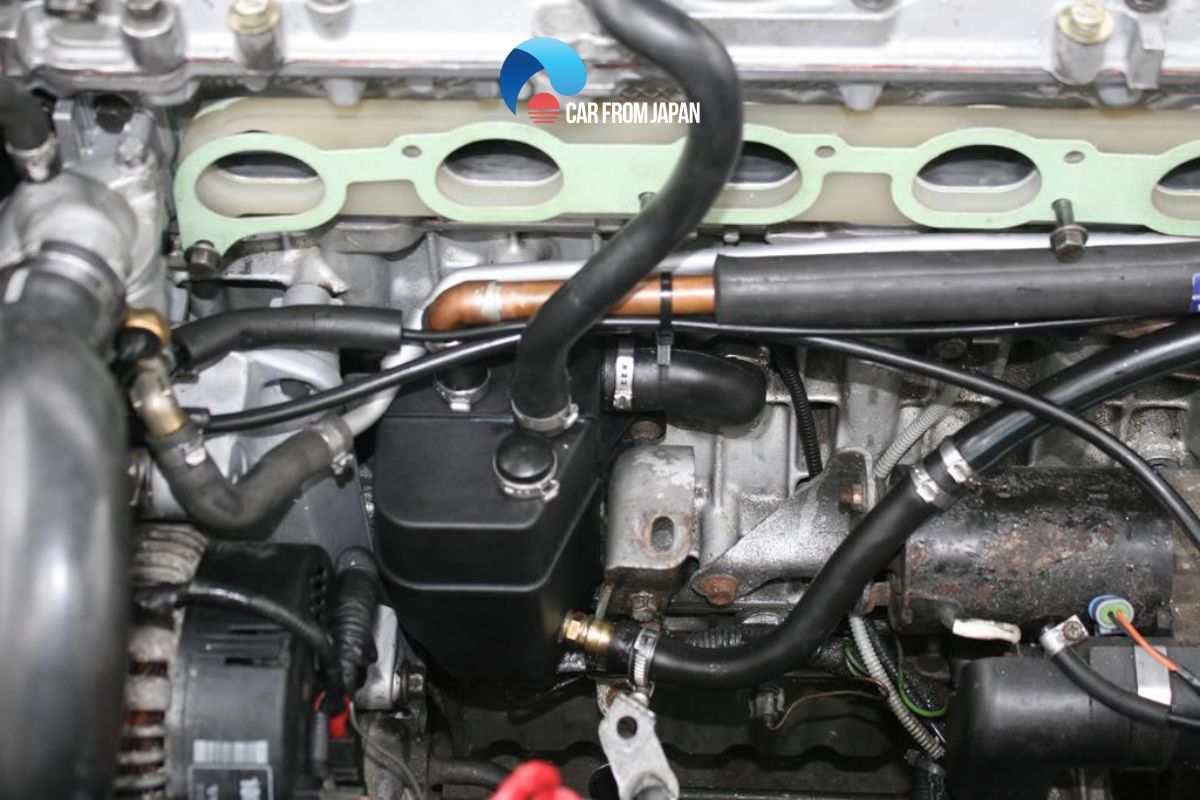So, I haven’t seen any other fault codes after changing my fuel injectors.
But, I was monitoring my fuel trims today and bank 2 still showing a bit low on the negative side.
is there a possibility the reason is my pcv system?
when I changed the injectors I remember seeing a puddle of oil that the intake manifold left on the ground. As far as I know, there shouldn’t be oil in the intake manifold. Is that corrrect?
![Image]()
![139285 139285]()
But, I was monitoring my fuel trims today and bank 2 still showing a bit low on the negative side.
is there a possibility the reason is my pcv system?
when I changed the injectors I remember seeing a puddle of oil that the intake manifold left on the ground. As far as I know, there shouldn’t be oil in the intake manifold. Is that corrrect?












